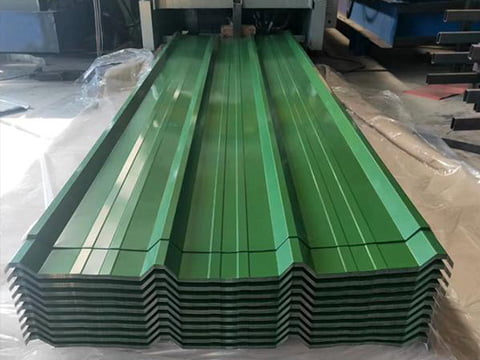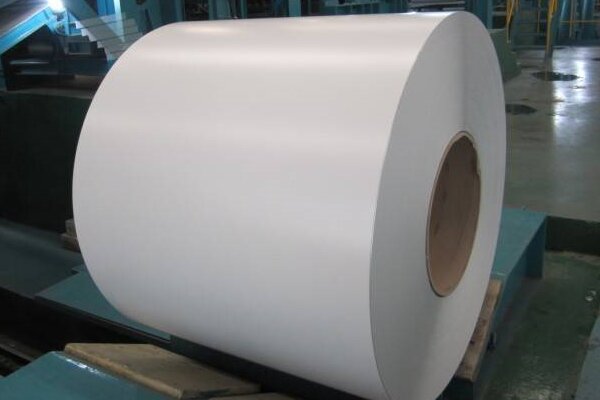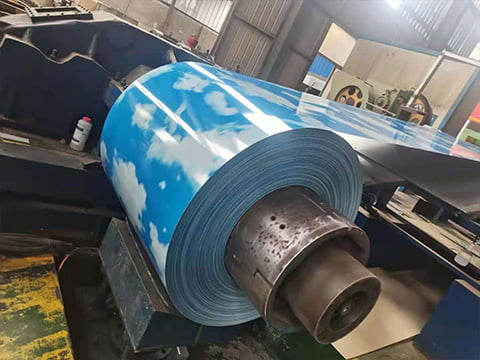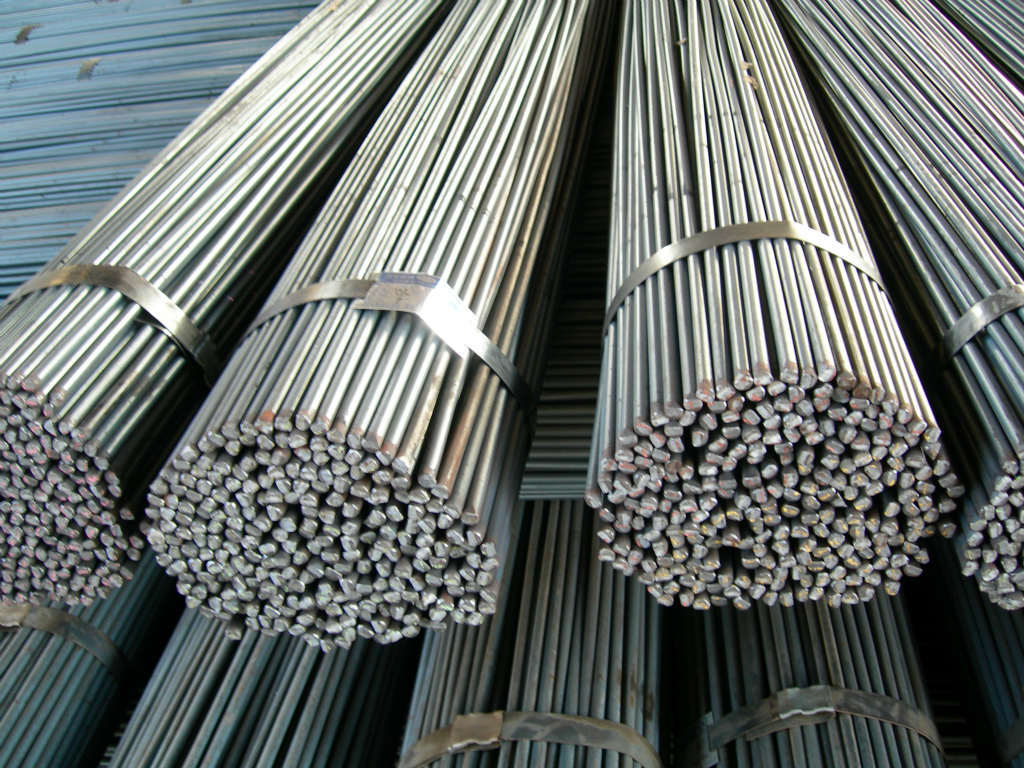When you buy stainless steel cutlery or pots in the supermarket, you may have seen three different steel labels: 18/8 18/10 & 18/0 stainless steel. It is normal that these numbers are difficult for ordinary people to distinguish the difference, so what makes one stainless steel different from another? Which stainless steel is the best to choose?
To quickly understand the differences between the three grades, here is a summary of the chemical composition, advantages and disadvantages of each stainless steel grade.
18/8 18/10 & 18/0 Stainless Steels Comparison
| Type | Composition | Pros | Cons |
| 18/10 Stainless steel | Chromium-18% Nickel-10% |
Strongest commonlyused grade of stainlesssteel Highly anti-corrosive Resistant to piting |
Vuinerable tosaltwater corrosion Requires special toolsfor machining Most expensive |
| 18/8 Stainless steel | Chromium-18% Nickel-8% |
Stronger than manymilder steels Resistant to mostcorrosion Less sensitive to heatthan other types of steel |
Vuinerable to waterand salt water overtime Not as durable as18/10 More expensive than18/0 |
| 18/0 Stainless steel | Chromium-18% Nickel-0% |
Good quality for theprice Good for everydayflatware Dishwasher safe |
Least durable Avoid heating orapplying force to 18/0steel Most vuinerable tocorrosion |
What is 18/10 stainless steel?
The number in the name of 18/10 stainless steel describes its composition, it is a stainless steel with 18% chromium and 10% nickel. Sometimes, steel mills will reduce the pure chromium content to 16% and add an additional 2% molybdenum ( 316 stainless steel ) to reduce costs. This does not affect the corrosion resistance of the steel and can reduce costs for consumers.
This steel usually contains 0.1% carbon to enhance the strength of the product. If the carbon content is higher, it will increase the possibility of rust and corrosion. It is a common and durable stainless steel in most home kitchens.
18/10 stainless steel compared to other types of stainless steel
Easier to form – 18/10 stainless steel is easy to form and has low resistance. This makes it ideal for making kitchen equipment such as pots, pans, cutlery and utensils without the need for high-strength processing at an additional cost.
High resistance to corrosion – 18/10 steel contains a large amount of nickel and chromium, making it more resistant to corrosion. It is more durable than many other types of stainless steel. It can even hold acidic products and other pathogenic chemicals without degradation. Its corrosion resistance makes it suitable for cooking with vinegar and other acidic foods.
Excellent Heat Resistance – 18/10 stainless steel can also withstand high temperatures. This makes it ideal for cookware, such as pots and pans. You can place it over a fire without it bending or melting.
Resistant to Salt and Seawater Attack – If you live in a coastal area or own a boat, 18/10 stainless steel will come in handy in your kitchen. Its higher nitrogen content makes it more resistant to salt and seawater attack than many other types of steel.
The only downside to 18/10 stainless steel is that it is more expensive than other commonly used steels. The price is slightly higher due to the higher chromium and nickel content.
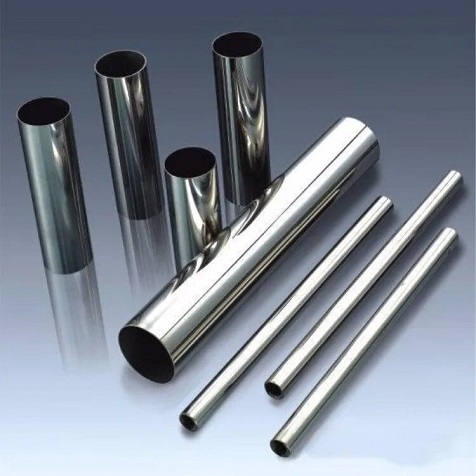
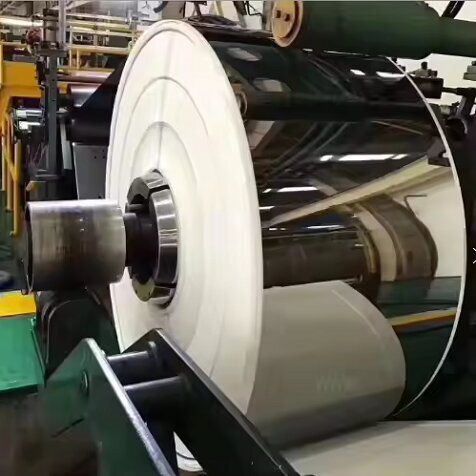
What is 18/8 stainless steel?
18/8 stainless steel is a type of stainless steel that contains 18% chromium and 8% nickel, in addition to about 67% iron and trace amounts of carbon (about 0.07%). This type of stainless steel belongs to the 300 series, with the most common and popular grade being 304 stainless steel.
18/8 stainless steel has a lower nickel content and is slightly less corrosion resistant, but is significantly less expensive than its sturdier counterparts. It is still a premium metal that will easily resist most types of corrosion.
18/8 Stainless Steel vs. 18/10 Stainless Steel
Requires special tools to shape – Making cookware and utensils from 18/8 steel requires a special set of tools. They should be cleaned beforehand to prevent contamination.
Less corrosion resistance – 18/8 stainless steel is not as corrosion resistant as 18/10, but it is still an excellent product. Many marine-grade products are made from 18/8 steel.
Less heat resistant – In most situations, 18/8 steel will perform the same as 18/10 steel on a fire. It can withstand temperatures up to 1598°F without a problem, but it will begin to degrade faster if exposed to higher temperatures.
18/8 steel performs almost as well as 18/10 stainless steel, and it is a cheaper alternative to 18/10 stainless steel. Only in extreme situations will its weaknesses become apparent.

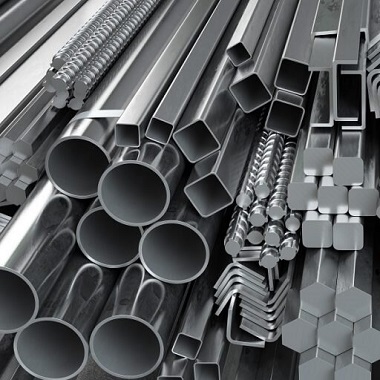
What is 18/0 stainless steel?
18/0 stainless steel is a type of stainless steel that has an 18% nickel content. It contains no nickel, but may contain trace amounts of other corrosion-resistant metals. The amounts of these metals added are so tiny that they are not usually listed. With a lower nickel content, 18/0 steel is less corrosion-resistant and more susceptible to damage. But it is more affordable than the other two grades.
Compared to 18/10 and 18/8 stainless steel, 18/0 stainless steel has the lowest strength and the least corrosion resistance. Still, it is also the cheapest type of stainless steel due to the lack of nickel. Its low price and wide availability make it a common household material – primarily used in cutlery and other kitchen utensils.
18/0 stainless steel vs. its harder cousins
Not suitable for salty environments – 18/0 steel is much less corrosion-resistant than marine-grade steel. It should not be left in salt water or corrosive chemicals for long periods of time.
Not very heat-resistant – Avoid heating 18/0 steel over a fire. It cannot withstand high temperatures for long and will quickly begin to melt or deform.
Bends easily – 18/0 steel is commonly used to make cutlery and kitchen utensils. However, this metal can easily deform, so avoid using tools made from 18/0 steel for purposes other than their intended purpose.
18/0 stainless steel is an ideal material for most household utensils. Its low price makes it a smart choice for most situations.
Differences in performance between 18/8 18/10 & 18/0 stainless steel
| Characteristic | 18/0(430) | 18/8(304) | 18/10(304) |
| Corrosion resistance | Medium (Chrome only) | Good (sufficient for daily environment) | Best (High Nickel Enhanced Protection) |
| Gloss and beauty | Lower, tends to appear dull | Good gloss | Best gloss, smoother surface |
| magnetic | Magnetic | Non-magnetic | Non-magnetic |
| Strength and hardness | Medium | Good | Highest (Nickel reinforced structure) |
| Machinability | Best (ferrite easy to cut) | Medium | Difficult (high nickel adhesion) |
| Cost | Lowest (no nickel) | Medium | Highest (nickel is expensive) |
Purchase suggestions
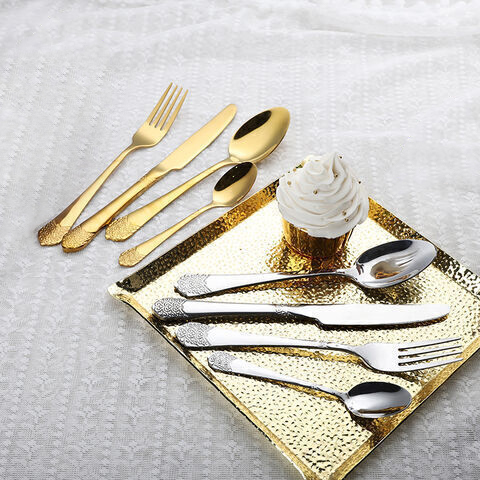
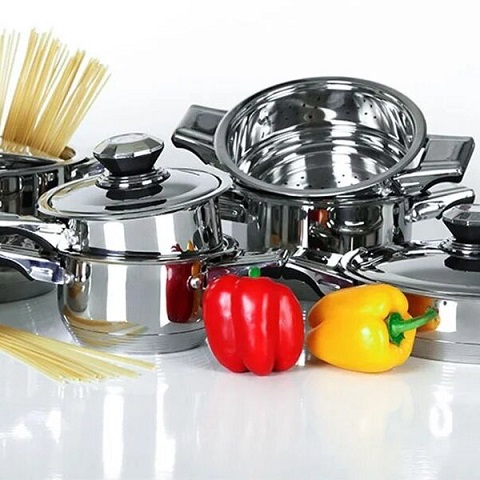
Looking for cost-effectiveness: choose 18/8 (daily kitchenware, furniture).
Need extreme durability: choose 18/10 (high-end catering, medical).
Limited budget and non-corrosive environment: choose 18/0 (dry household appliances).
Salt water/chemical environment: directly upgrade to 316 stainless steel (containing 2-3% molybdenum, chloride resistance).
Recommended scenario purchasing solutions
| Application scenarios | Recommended materials | Key points to avoid pitfalls | Alternative solutions |
| Outdoor facilities | 18/8 stainless steel | Thickness ≥ 1.2mm (anti-wind erosion) | 316L |
| Food equipment | 18/10 stainless steel | Recognize the GB/T 20878-2024 “304 grade” logo | Medical grade 316 (containing molybdenum) |
| Low-priced fast-moving consumer goods | 18/0 stainless steel | Avoid contact with vinegar and citric acid | 201 stainless steel |
| Pressure equipment | S30403 special steel | Phosphorus and sulfur content must be ≤0.015% (not ordinary 304L) | — |
Conclusion
Wanzhi Steel Co., Ltd. is a stainless steel production and sales company with many years of operation. We have an excellent sales team and production team. In order to obtain competitive prices and customized solutions, please contact us directly to discuss your needs.
